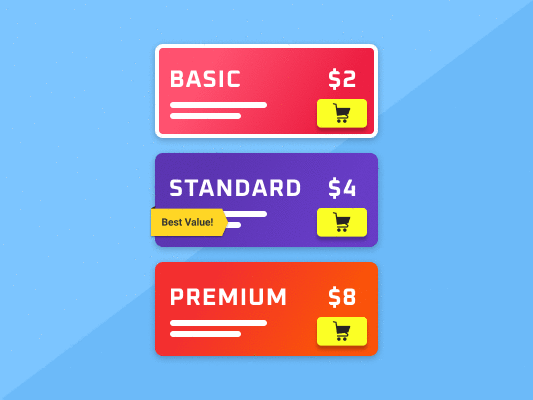If you're looking for a way to scale predictable, effective, and recurring revenue for your business, then you should start looking into subscription business models.
The subscription based business model has increased in popularity, especially among marketers and SEOs.
Subscription business models are now enjoying more visibility and interaction than ever.
Generally, running a business that provides subscription applications, boxes, or membership fees can benefit your brand significantly. Some of the few benefits of using a subscription business are that it saves time, gives you control over your profits, and convenience.
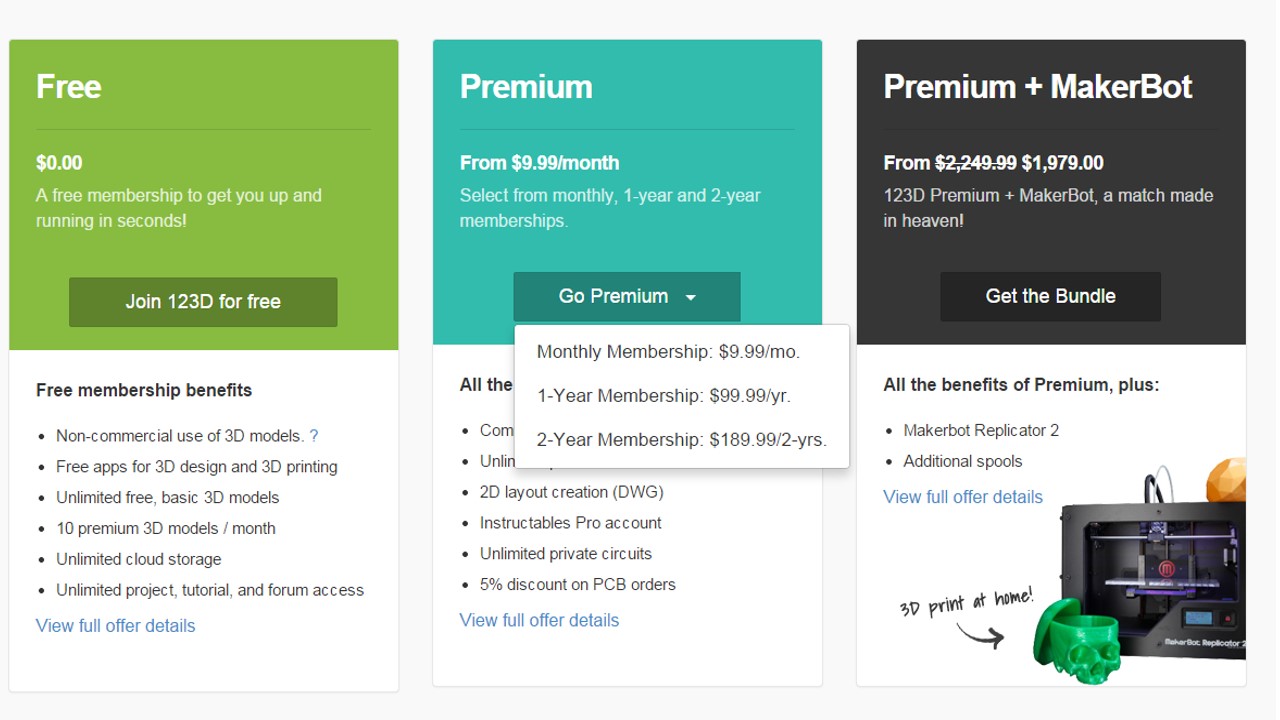
Think about it. You know exactly when you will be required to make the next payment to continue using a service you enjoy. This data also allows you to plan yourself better for the future and build strong and lasting relationships that benefit both businesses and customers.
Sounds good? Well, subscription business models are already at your fingertips. You just need to find the right strategy and do it right.
In this article, we aim to explore everything you should know about subscription-based business models:
What are Subscription Business Models?
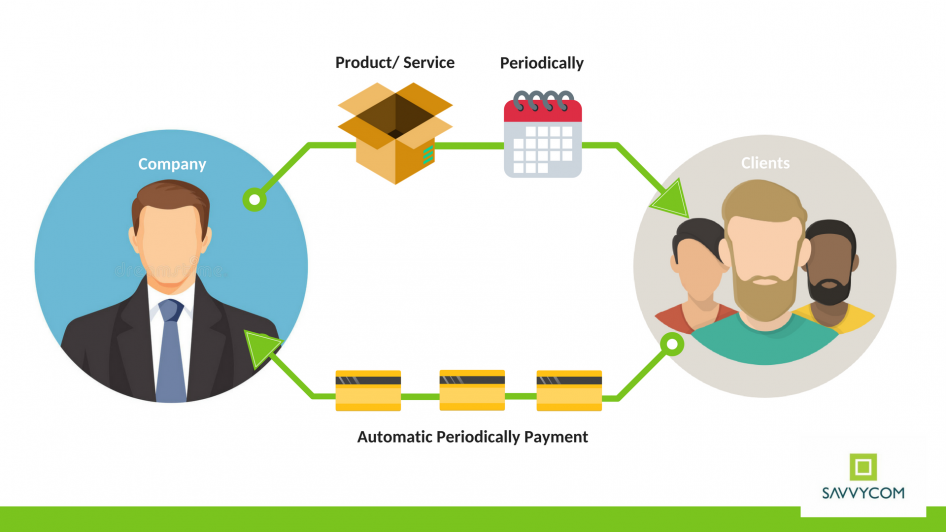
Before you start investing in any subscription business model, you must first perform in-depth research to determine the business model you want to use. At the same time, you will want to prepare in-depth analyses to ensure it’s a product/service your potential customers would pay for.
You also want to check if there are any direct competitors in the field you want to venture into. Does the product you intend to sell answer your target audience’s pain points and questions.
However, what makes subscription business models popular for most businesses and consumers alike is the convenience and personalization it offers. The predictability and sustainability of these businesses also play a critical step.
Is a Subscription-Based Business Model for You?
Businesses where revenue flow linearly are better placed for industries like finance, sales, and marketing. However, subscription business revenue flow is more cyclical. While the purpose of both functions remains unchanged, you find that their revenue implications are amplified because customers must be “won” through every recurring billing cycle.
Subscription business models also allow businesses to lock their customers for the longest duration. A subscription-based business model ensures you have a steady and recurring revenue stream. During this timeframe, businesses can enhance their products/services to match their customers’ preferences and grow with them.

BiQ Cloud is a particularly great tool you can use to improve your subscription business models using one pricing plan. The BiQ Cloud pricing plan functions as the perfect example of what subscription business models should be like.
The SEO Suite allows you to make one monthly or annual subscription to enjoy all of its features. The subscription-based plan also allows you to continue using the service even after exceeding your search limitations by charging you “cents” per search.
Why Should You Be Selling Subscriptions?
The subscription-based business model industry is booming. You will find that almost every online user is subscribed to at least one product/service.
The popularity of subscription businesses has bred the rise of heavy competition in several industries. Even so, it has also provided many opportunities for other businesses and consumers alike. But what made subscription business models popular?
Let’s find out:
1. Promote Loyalty
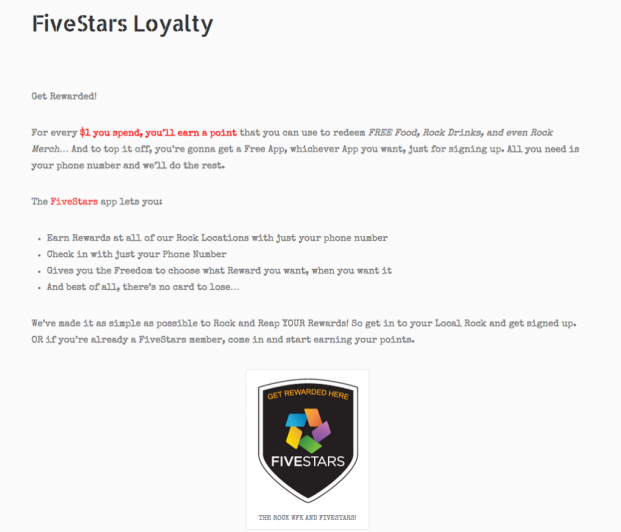
Often, you find that subscribers are extremely loyal customers. Someone has to love your product/service so much that they are willing to subscribe to your email list in case you have any updates.
Other clients might subscribe to your offers because you avail some amazing discounts. However, on most occasions, customers subscribe because they genuinely love your brand and enjoy using your products/services.
Whatever your customers’ reasons for joining your subscription list, loyal customers always form the top of any business’s wishlist. That’s why it is worth considering subscription business models for your business.
All in all, an effective subscription-based business model is aimed at building stronger customer relationships. Businesses do this by providing their customers with amazing deals like product/service discounts, free shipping, and much more.
The secret to maintaining an active subscribers list is providing your customers with incentives that ensure you maintain your loyal customers and win new prospects.
2. Helps in Better Forecasting

As a business, whenever you sell your subscriptions to your customers, you should already have an estimate of how many possible subscribers will actually pay your subscription fee each week/ month/year. You can allow slight fluctuations from your projections, but it is always good to make good estimates of possible subscribers.
This can be even more difficult for businesses that sell their products/services one-off.
- These businesses don’t always know how often they should restock their stores.
- They don’t always know if their customers will ever return after making their first purchases.
- They never know what products/services and how many each customer will likely purchase.
- Businesses can’t always be sure of purchases until after they have been completed successfully.
In contrast, subscription business models will see customer sign-ups and cancellations even before the payment period. Therefore, they provide more predictable revenue, which represents guaranteed revenue for the business.
3. Lower Retention
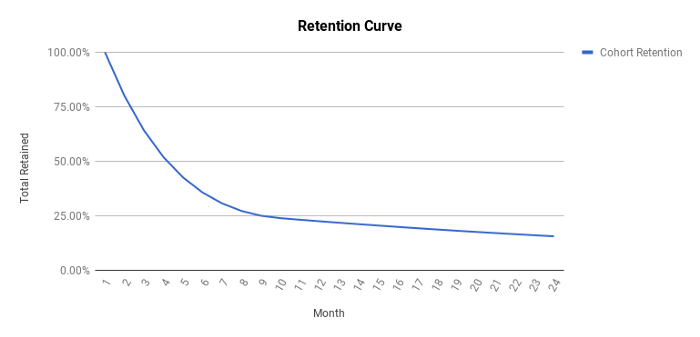
Since most subscribers often automatically purchase from businesses they’ve subscribed to regularly, these businesses never have to shell out thousands of marketing dollars to target them. After all, you’ve already got the customers in your subscriber’s list in the bag.
Already these subscribers have shown a long-term association and commitment to your company by paying subscriptions periodically. These customers are less likely to churn. Thus, you don’t have to go all out on customer retention.
This is just one of the major perks of having a committed and active subscribers list.
4. Earn More

Imagine this. You have locked in a few customers for your basic subscription-based business model. You can take this opportunity to prove your product’s/service’s worth to your basic subscribers to make them want more.
This way, you can get your basic subscribers to upgrade to higher business plans for no extra cost. Remember, you’ve already got them in the bag. Therefore, you don’t have to do much marketing (if any) to get their attention.
You can also explore other revenue expansion avenues, including up-selling and cross-selling your product’s new features. Essentially, this means you will be getting the additional revenue from the same customers without accruing any additional acquisition costs.
Essentials to Run a Successful Subscription Business Model
When conventional software companies transition into subscription business models, they can face several challenges.
You will find it incredibly difficult to know which subscription models to prioritize and which ones to ignore. For this reason, we rounded up the top 5 factors to consider when transitioning to a subscription-based business model.
Here are some essentials you must consider:
1. Product-Market Fit

This is the holy grail of any business looking to build a successful business with subscriptions included. Here’s where your business must identify with the right target customers for their products/services. In other words, you will need to develop new buyer personas to ensure you provide products and services you know your clients will be interested in.
However, cracking the right product-market fit requires an in-depth understanding of your target customers and their pain points. You must first understand your customers’ needs and know that they change and evolve with time. Your product should also be able to scale as your customers’ wants and needs change.
2. Exceptional Customer Service

We cannot stress this point enough. No matter what industry or niche you are in, you cannot underestimate the power of great customer service. Subscription business models, in particular, must always work on providing exceptional customer support to win over their customers during every billing cycle.
Excellent customer service also allows you to improve your product/service, depending on your data usage. You must also remember that as much as you will be learning more about your customers, they will also learn a few things from you. And exceptional customer service falls top of the list of noticeable features customers pick up really quickly.
Great customer service is the fine recipe needed to increase your chances of establishing long-term relationships with your customers. And that’s every business’s dream.
3. Use Tools Essential to the Growth
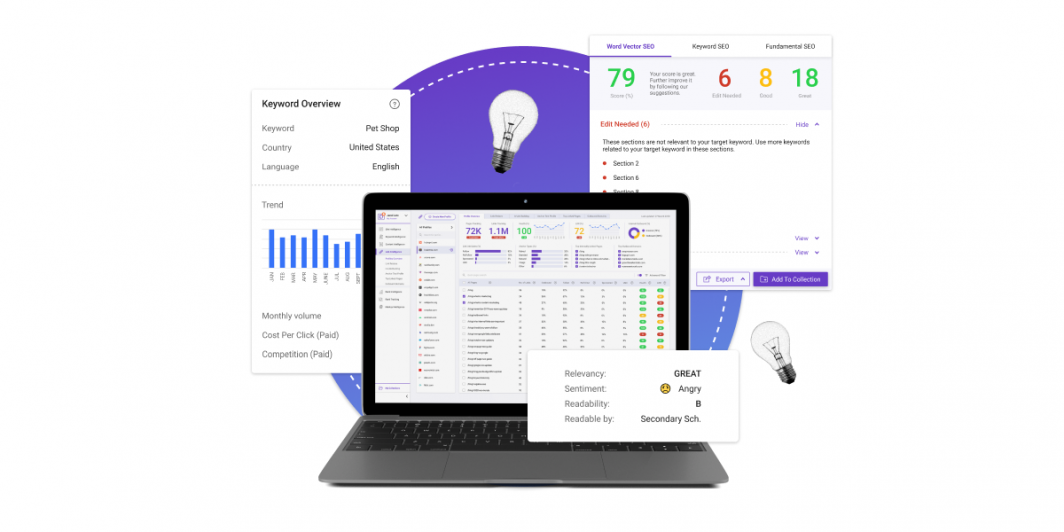
Ultimately, you will need the right tools in your arsenal to help your traditional business transition into a subscription business.
Moreover, your business will have to run smoothly behind the scenes, with some functions operating automatically. Here’s where you will need some great online tools for your business.
Remember, if you don’t have the right systems to ensure your website’s smooth-running, it can easily run into issues that cause even your loyal customers to call it quits.
Therefore, before taking your business too far off the ground, ensure all your internal billing processes, data reporting and analytics, enterprise resource planning, and automation are running smoothly.

For this, you will need tools that can optimize your business’s functions and ensure everything is running smoothly. Not having a working solution for managing such critical processes could cause chaos and stress within the business, which will reflect back on your subscriptions and customer management.
Therefore, you want to stick to keeping things simple and streamlined by using tools that combine all your systems effortlessly.
4. Give Free Trials
Admittedly, no one likes giving out things for free, especially when you know you can make some money from them.
However, when you let potential subscribers try your products/services for free before purchasing them, it can help them choose to purchase your product/service and subscribe to your pricing plan.

Therefore, as much as it might consume some of your resources, giving out free trials can sometimes work in your favor. Your prospects will be more confident about subscribing to use your product/service. It also makes it easier to retain the customers you already have and increase their lifetime value.
That’s to say that a lot of goodwill comes from offering both your prospective subscribers and current subscribers free trials and discounts on your products/services.
5. Put Priorities on UI and UX
Like with creating an effective customer support system, you must also consider your business’s online user experience and website design. Your website’s user interface and design play a critical role in attracting and retaining your subscribers.
Naturally, people will want to interact with a website that looks professional, simple, easy-to-use, and very user-friendly. Your work is to provide all these needs and more to ensure your subscribers have the best user experience when interacting with your website. Therefore, ensure you don’t overcomplicate things when designing your business website.

Here’s where an all-in-one SEO tool like BiQ Cloud comes into play. BiQ Cloud has 4 main tools that focus on providing you with critical insights into what true SEO and content creation and marketing are about.
Try BiQ Cloud today and use its Keyword Intelligence, Content Intelligence, Rank Intelligence, and Rank Tracking features.
Trust me, you will never go wrong with this tool in your arsenal.
Important Metrics to Check
The only way you can ever know if your business is doing well or not is by measuring the right metrics. Below are 5 metrics that are key to subscription business models you should be tracking:
1. Monthly Recurring Revenue (MRR)
MRR refers to the predictable recurring revenue earned from monthly subscriptions. This metric provides users with an easier strategy to predict future revenue stability.
2. Annual Recurring Revenue (ARR)
ARR refers to how much revenue you can expect to generate from your subscribers every year. This metric provides a good measure of your business’s growth and momentum.
3. Customer Lifetime Value (CLV)
CLV refers to the average revenue your business can generate from customers over their lifetime with you.
4. Customer Acquisition Cost (CAC)
CAC refers to the total amount you spend searching for new potential customers.
5. Churn Rate
Churn rate will help you determine how fast your customers are leaving you. Analyzing and mitigating customer churn is a critical tactic for your business. Learn how to calculate churn and strategize better ways to minimize churn and increase your customers’ lifetime value with your business.
Conclusion
There you have it. Above are crystal clear advantages and sustainability features you must implement to create and maintain successful subscription business models.
With the right product-market fit, exceptional customer service, and a sound pricing strategy, you should be well-equipped to tap into the subscription-based business model opportunities mentioned above.
Get started with the right essentials and tap into this opportunity today!



